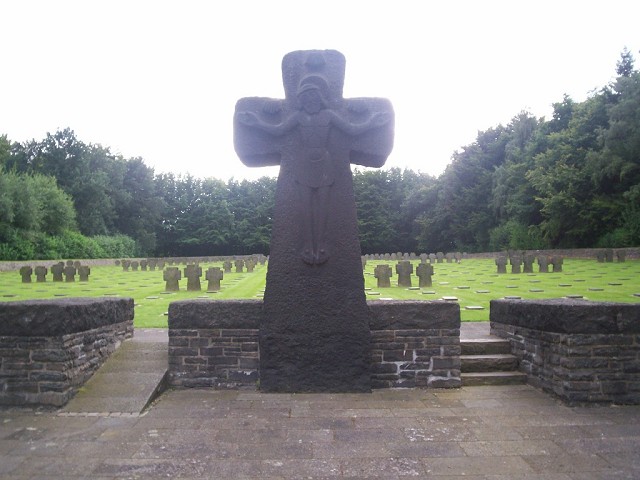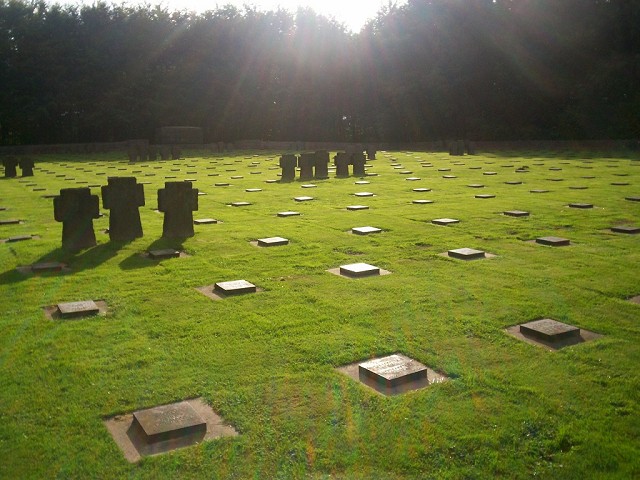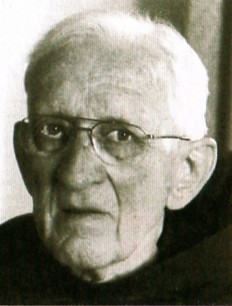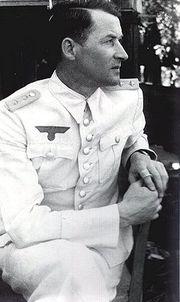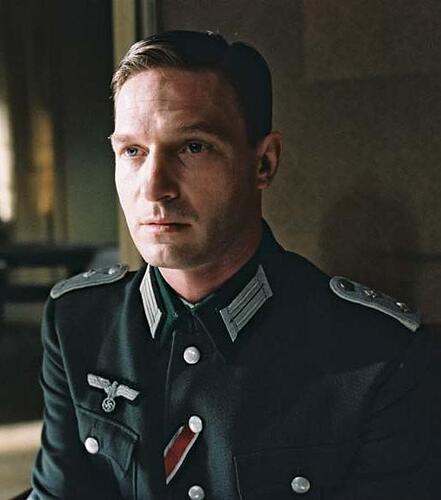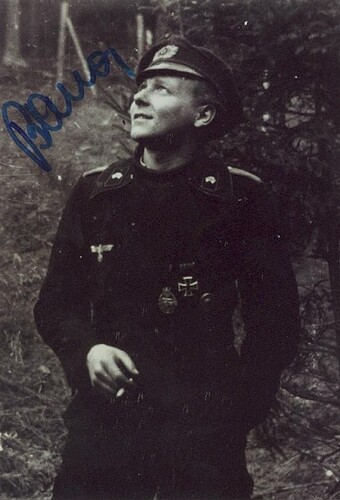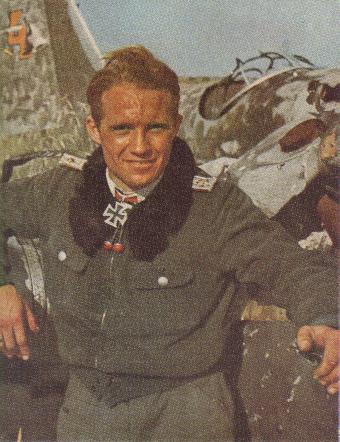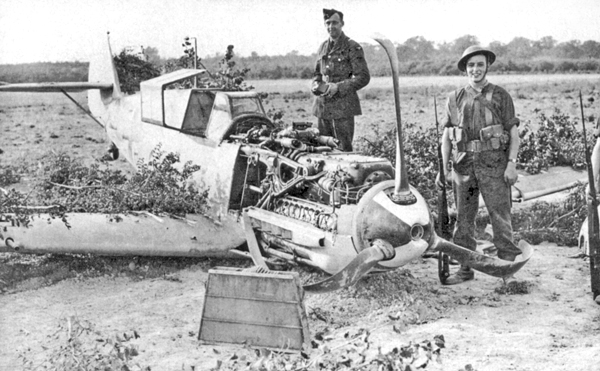Hauptmann d. R. (Captain of Reserves) Egon Agtha – Germany’s highest decorated Ordnance Officer
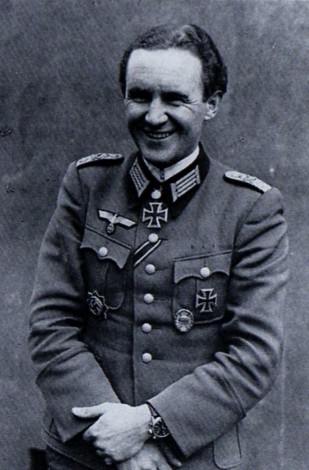
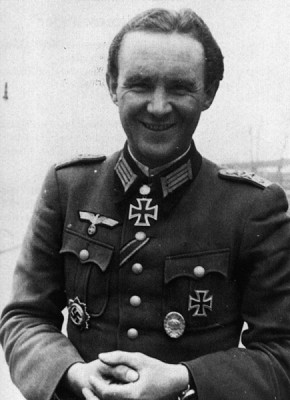
Egon Agtha was born on January 29th, 1918 in Berlin. He joined the Wehrmacht in autumn of 1938.
In 1939/1940 Agtha successfully completed the Wehrmachts first War Ordnance Seminar at the weapon-technological school in Halle (Saale). After the final examination he was provided to the Luftwaffe (german air force).
Due to an early explosion of a british dud in early 1942 at Sachsenhausen near Berlin Agtha (by that time “Oberfeuerwerker” = Ordnance Sergeant Major) suffered severe injuries at both his eyes which left him “practically blind” according to the expertise of t he Wehrmacht’s medical service.
But Egon Agtha didn’t give up on himself, at the “Silex Business School for Blind Persons” he was reskilled and subsequently passed the Officers’ schooling. As a Lietenant he returned to the Heer (Army).
The achievements of the Wehrmacht’s Ordnance Personnel was measured with help of a point system. The disarming of e.g. a bomb with long-term detonators was honoured with 9 points. A soldier needed 150 points on his “account” to be awarded the Iron Cross 2nd Class, 450 points for the Iron Cross 1st Class, 2000 points for the German Cross in gold. The award of the Knight’s Cross was not intended at all.
Egon Agtha however was awarded this decoration because of his numerous deployments on February 3, 1945 as the leader of an ordnance squad in the Luftgau III (district) Berlin. Five weeks later, on March 12, 1945, for his sustained services –due to the continuous allied bombing raids- he was even awarded the Oakleaves to the Knight’s Cross as 778th soldier of the Wehrmacht by Adolf Hitler. Furthermore he was decorated with the Wounded badge in Gold because of his severe eye injuries.
Unfortunately Hauptmann Agtha was not destined to live to see the end of the war. On May 2nd, 1945 he and other members of his squad were killed in action in a firefight with soldiers of the Red Army during an attemptto break out of the encircled city of Berlin. Agthas comrade, Ordnance Sergeant Major Franz Böhm burried him near the Charlotten Bridge in Berlin-Spandau where the life of this brave officer had ended. After the war german war grave ministration salvaged the mortal remains of Hauptmann Agtha and buried him in his final resting place at the cemetery “In den Kisseln” in Berlin-Spandau.


